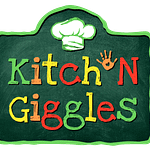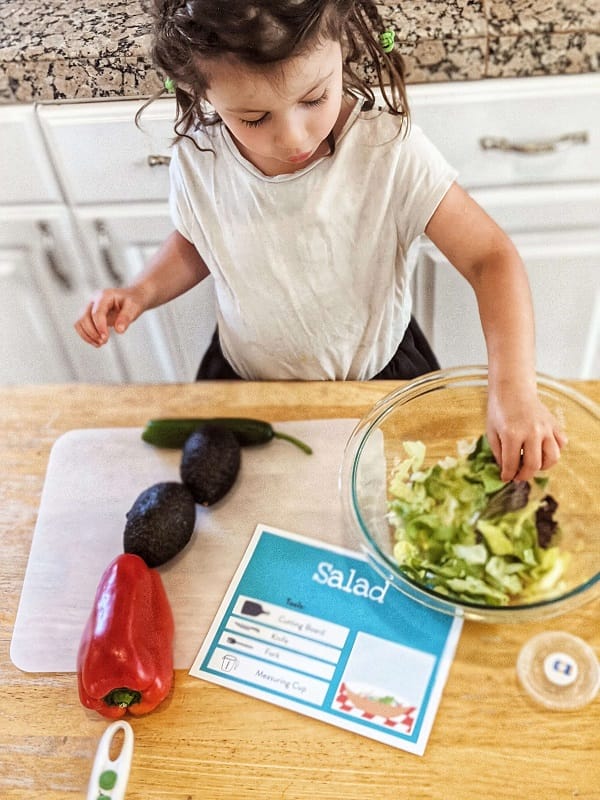Welcome to Smart Substitutions January Edition! This is where we introduce a small change that you can make in your daily cooking habits to create foods that are delicious and a little bit healthier. This month’s feature substitution: Kosher Salt.
What:
Kosher salt is a course, uniodized salt used for cooking and baking. Although all salt is kosher, this one is used in the brining process to make meats kosher.
Where:
It is found right next to the table salt in many grocery stores. It generally comes in a box, as opposed to the cylindrical package of table salt. All of your favorite salt brands (and even store brands) usually carry a kosher salt.
Why:
There are so many reasons to make the switch. First of all, it’s what the pros use. When a recipe refers to “a pinch” of salt, it means a pinch of those large, course crystals. It’s much much harder (and messier) to try to pinch table salt. So when a recipe calls for a teaspoon of salt, it’s most likely referring to the kosher variety.
The second reason to switch is the sodium content is much lower, mainly due to the size of the salt crystals. The larger crystals means that a teaspoon of kosher salt actually contains less salt than a teaspoon of table salt. To confirm this idea, simply compare the nutrition facts of the two types of salt. 1/4 teaspoon of kosher salt contains 480 mg (or 20% of the recommended daily value) of sodium, while the same amount of table salt contains 590 mg (or 25% RDV) of sodium.
Of course, this only applies when you are measuring ingredients in volume (such as teaspoons or tablespoons). If you measure your ingredients in weight (like grams or ounces) then an ounce of table salt contains the same amount of sodium as an ounce of kosher salt. In fact all culinary salts contain 40% sodium by weight. So if you generally weigh out your ingredients, switching between different sized crystals will not decrease the amount of sodium in your food.
When:
All the time. Seriously. There is never ever a time where kosher salt can’t be used in the place of table salt (unless you’re at a table and using a salt shaker, in which case the grains are too course to fit through those teeny tiny holes.) It is perfect for cooking, baking, boiling water for pasta.
When trying to lower the amount of sodium in your diet, a simple swapping kosher salt for table salt is an easy choice. However, it is not iodized the way that table salt is. Also, the sodium benefits only apply if you measure by volume rather than weight. Always have all of the information to make the best health decisions for your family.

